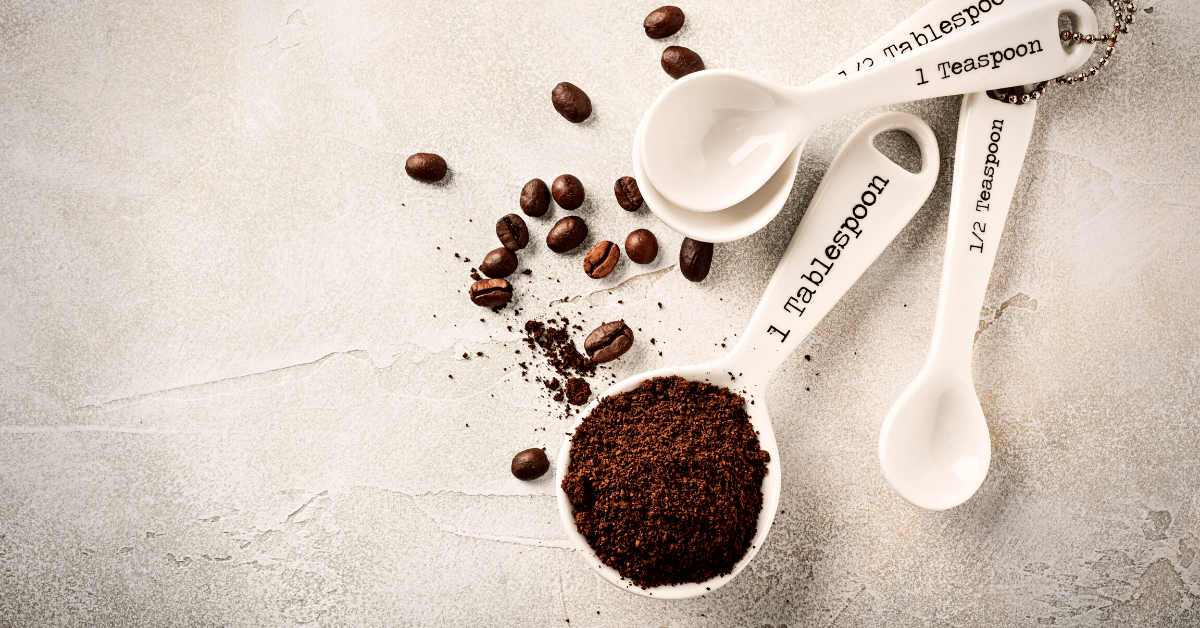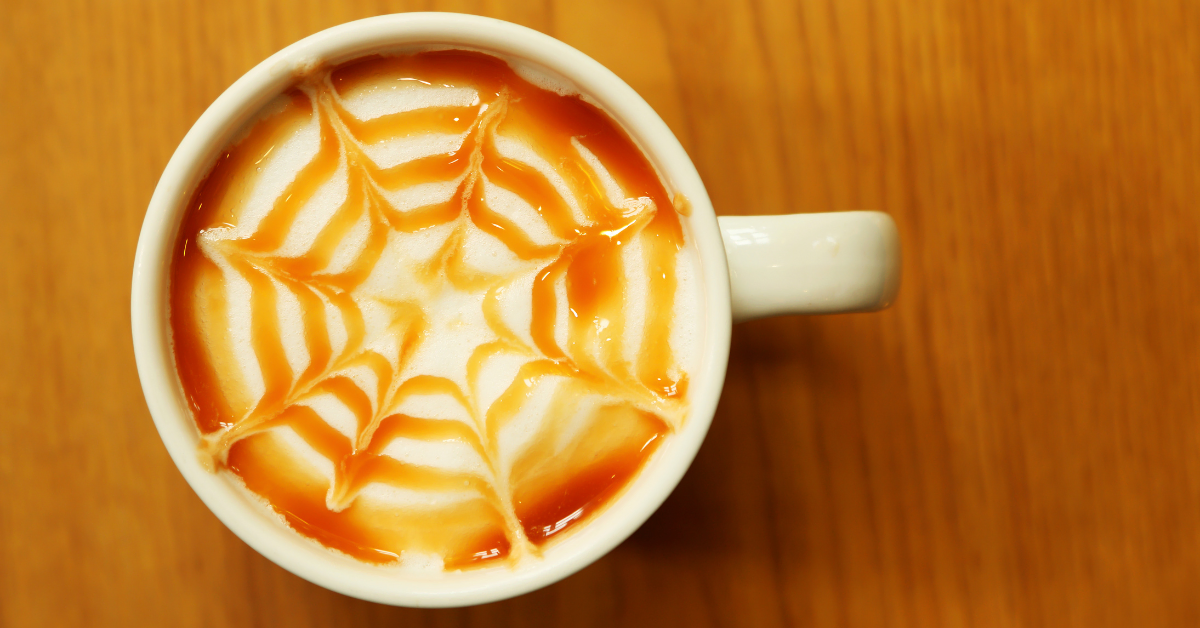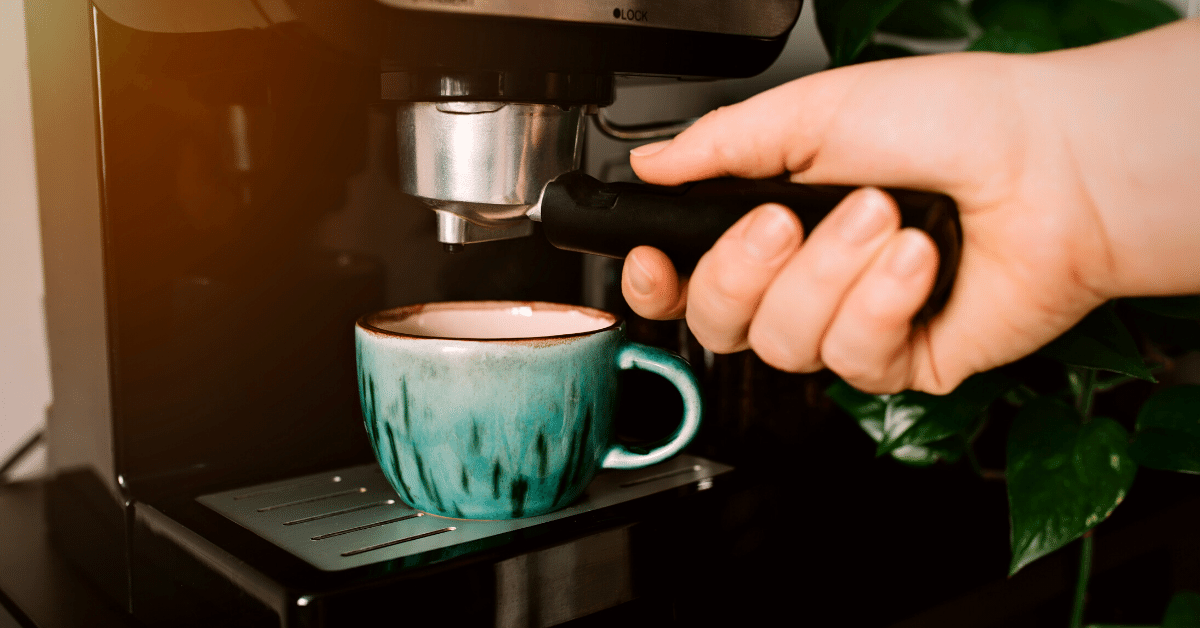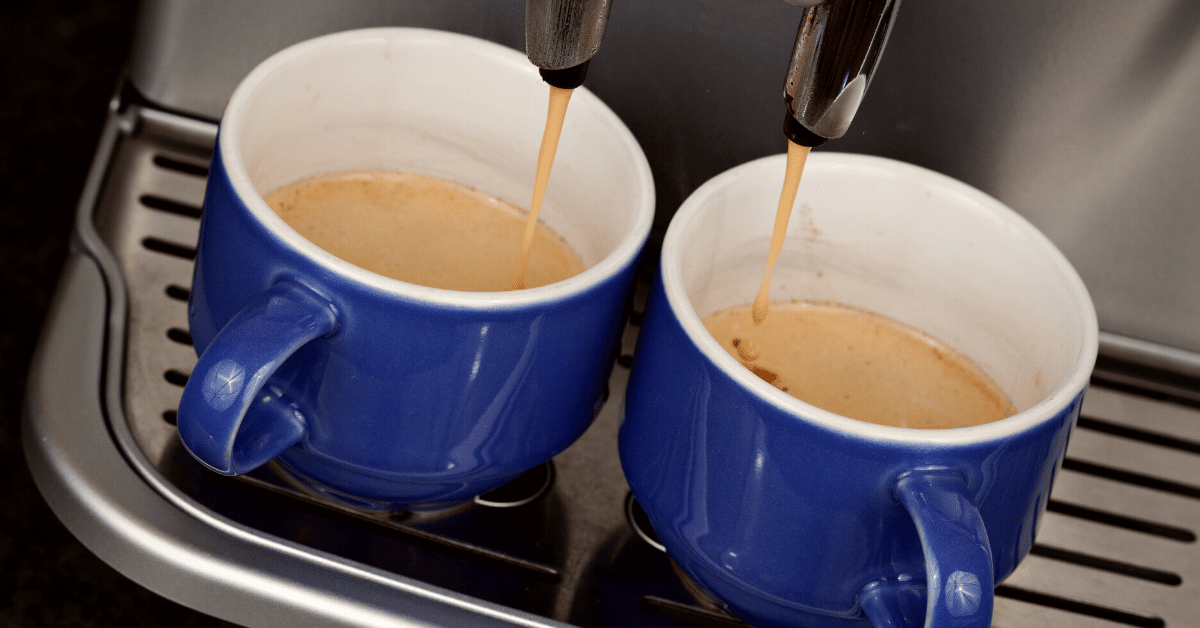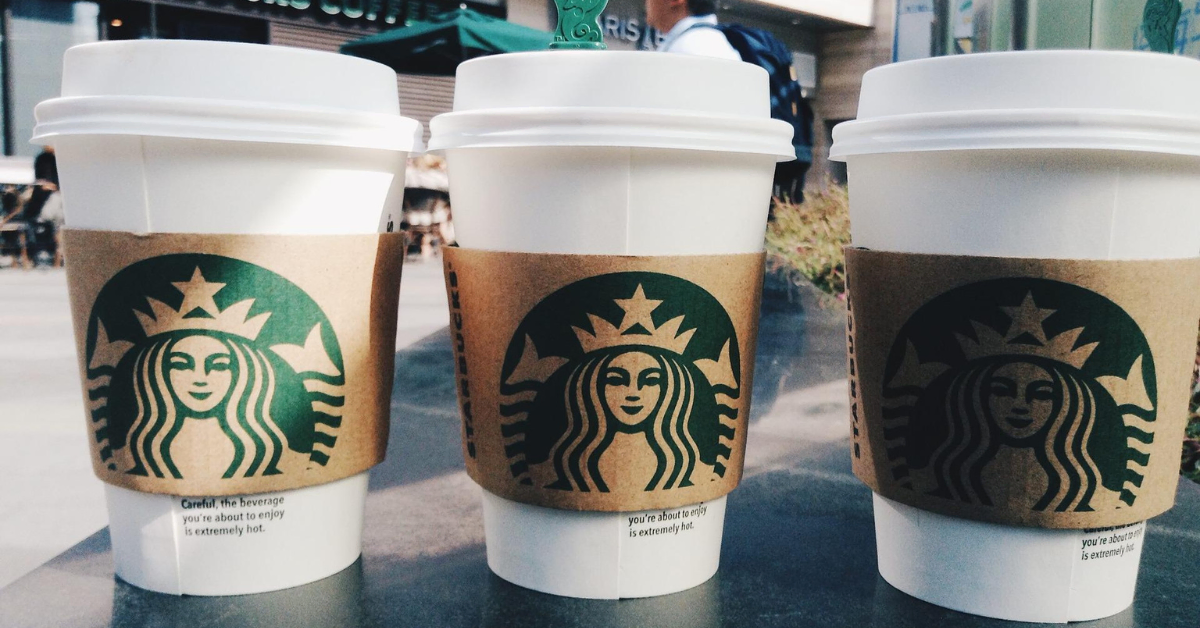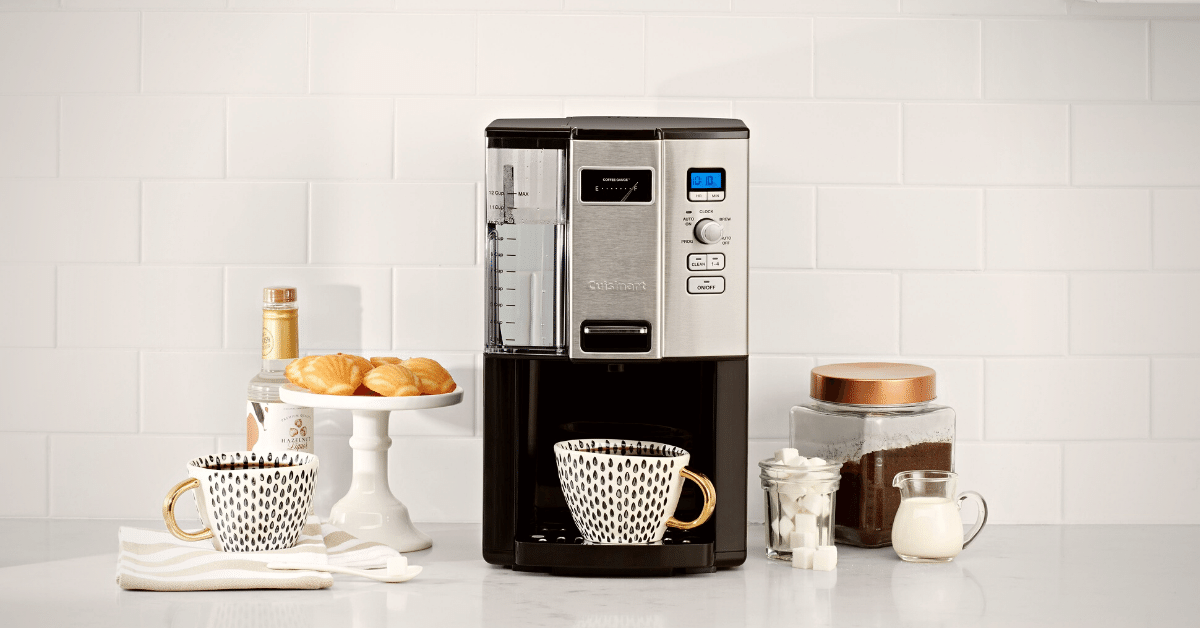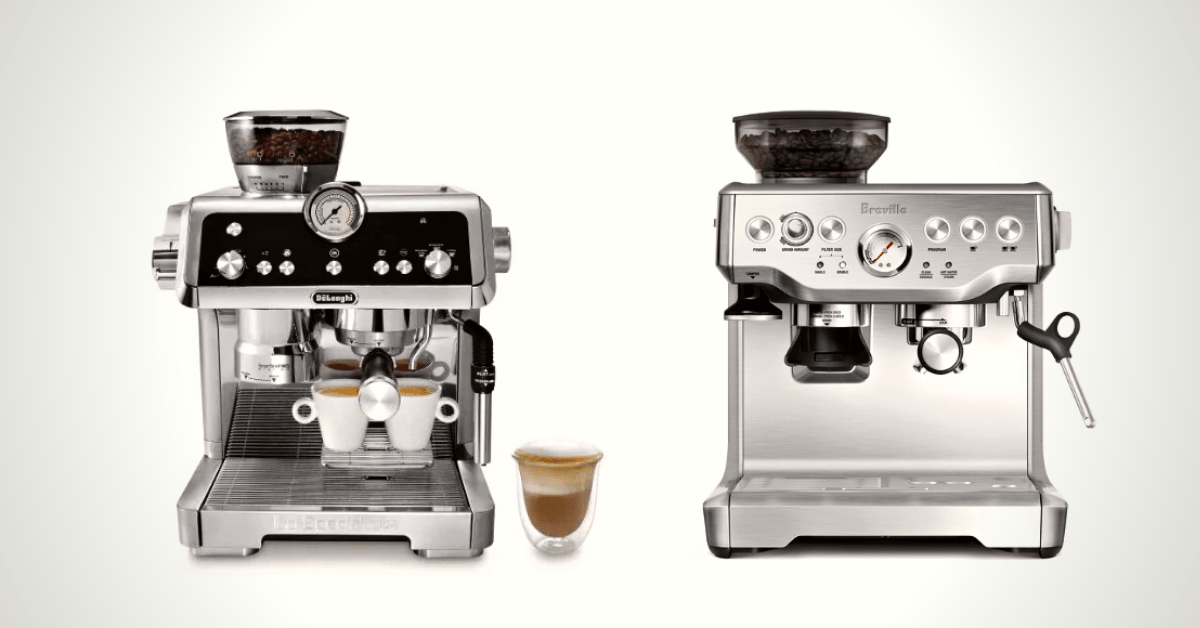Do you know what coffee dosing is? Jump into our guide and learn everything you need to know about a proper dose of coffee for a perfect cup of joe.
Most of us know about dosing medications, but did you know you should dose your coffee too?
Coffee dosing just refers to how much coffee goes in your cup. When you get it wrong, you wind up with a drink that’s either too bitter or too weak!
So, how do you dose your coffee perfectly? As a former barista, I’ve put together a guide to help you out.
Here are all the ins and outs of coffee dosing so you can wow your friends and family next time you make your brew!
What is Coffee Dosing?
Coffee dosing is getting the correct measurements to get the right yield of coffee.
A good rule of thumb is to use one to two tablespoons of coffee for every six ounces of water.
However, that’s just a guideline. Coffee dosing is actually a bit more specific than just that.
For one thing, you’ll want to make sure you’re using good-quality beans for brewing. The quality of your beans can affect your dosing ratios because it can impact the flavor of your drink.
Poor-quality beans tend to lead to weaker coffee, meaning you need a higher dose of coffee.
On top of that, you also need to think about:
- Water temperature and quality
- The type of coffee beans
- Roast type
- Brewing method
When any one of those factors is off, you run the risk of making a cup of coffee that you won’t enjoy.
Why is Coffee Dosing Important?
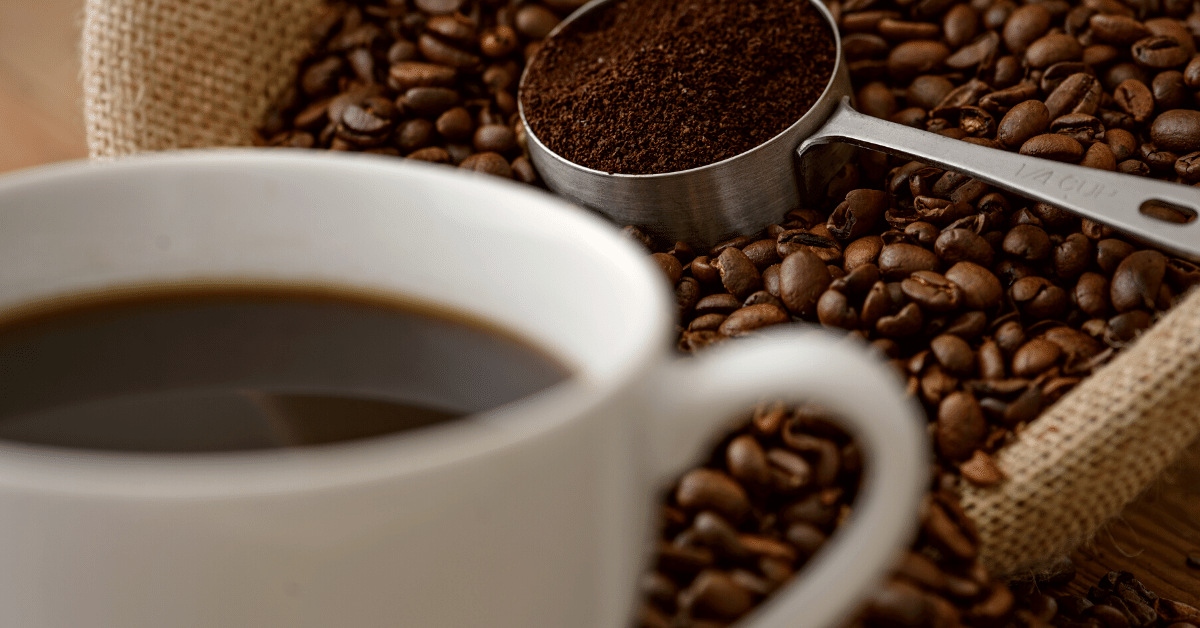
Baristas take coffee dosing seriously.
Coffee dosing helps achieve the right flavors, caffeine content, and consistency desired for your drink. That’s why it’s so important.
Let’s take a closer look at each of these factors.
Getting the right flavor
Coffee isn’t coffee if it doesn’t have the right flavors.
When you get the dosage wrong for your coffee, you can affect the flavor of your brew in two different ways.
The first way that dosing can affect your coffee’s flavor is if you add too much coffee. When you add excessive coffee grinds, your coffee can taste bitter.
On top of that, when your coffee tastes overly bitter, it tends to mask your drink’s muted flavor profiles. That means you won’t pick up on subtle tasting notes like fruit or chocolate.
If you’re a barista who thinks that the “add water” option on the coffee machine can solve anything, you’re wrong.
Even when you can try to fix the mistake by adding more water, too many grinds can destroy your coffee’s overall flavor. Even adding water can leave your brew bitter.
The other way that dosing can affect your coffee’s flavor is if you don’t add enough coffee. This can lead to weak, watery brews.
Once again, you can try to doctor them and make your brew stronger. But the damage is done—the result won’t have the same flavor as a properly brewed cup of coffee.
Making consistently good cups of coffee

Besides flavor, coffee dosing also helps with achieving a consistently good cup of coffee.
After all, no one wants to be playing Russian roulette with their coffee machine!
When you know how to properly dose your coffee, you can start producing cups that taste consistently good.
That also gives you the confidence to adjust the ratio and play with your drink by adding other ingredients.
NOTE
Consistency is especially important for coffee professionals. It’s what keeps customers returning to cafés and buying more coffee in the future!
Controlling the caffeine level
Another part of the coffee experience that’s affected by coffee dosing is the caffeine level.
When you dose your coffee right, you make sure that your cup has the expected amount of caffeine.
Coffee that doesn’t have enough beans in it can lead to brews with lower caffeine content. On the other hand, if you brew with too many beans, you could find yourself jittery.

The right coffee dosing achieves an accurate coffee-to-water ratio. That way, you extract the right amount of caffeine from your beans and get a brew that does the job in the morning!
NOTE
Remember that the FDA only recommends 400mg of caffeine each day. Getting your dosing right can help you avoid going over that limit without realizing it!
How to Properly Dose Coffee?
Now that you know what coffee dosing is and why it’s important, let’s get into real meat and potatoes.
Before we do, however, let’s get one thing straight. When making coffee, only dose the number of beans you need for the drink you’re making.
In other words, if you’re making one cup of coffee, dose enough beans for one cup. If you’re making five, dose enough for five cups.
Why can’t you pre-dose, you ask?
Well, doing so can cause the coffee bean to lose its freshness. When you grind the coffee, it gets exposed to oxygen, which causes a reaction.
These reactions can lead to less taste and flavor. They can also lead to inconsistencies which can contribute to more coffee waste.
As a result, pre-dosing can lead to a lower-quality cup of coffee.
With that out of the way, you’re ready to get to work!
There are two main ways to do this:
- With a scale
- Without a scale
Let’s go over each of these in a step-by-step process.
Dosing Without a Scale
Dosing coffee without a scale is going to be a bit trickier. That’s because it’s harder to get an accurate measure of the number of grounds you’re using.
For this method, here’s what you need to do:
- Place your dosing cup underneath the grinder chut and coffee grounds.
- Place the portafilter upside down to act as the dosing cup’s lid.
- Flip the entire thing over.
- Collapse the portafilter on a bench. This ensures all coffee grounds fall inside the portafilter basket.
- You can now evenly distribute coffee grounds in the portafilter basket for the tamping process.
Dosing Using a Dosing Scale
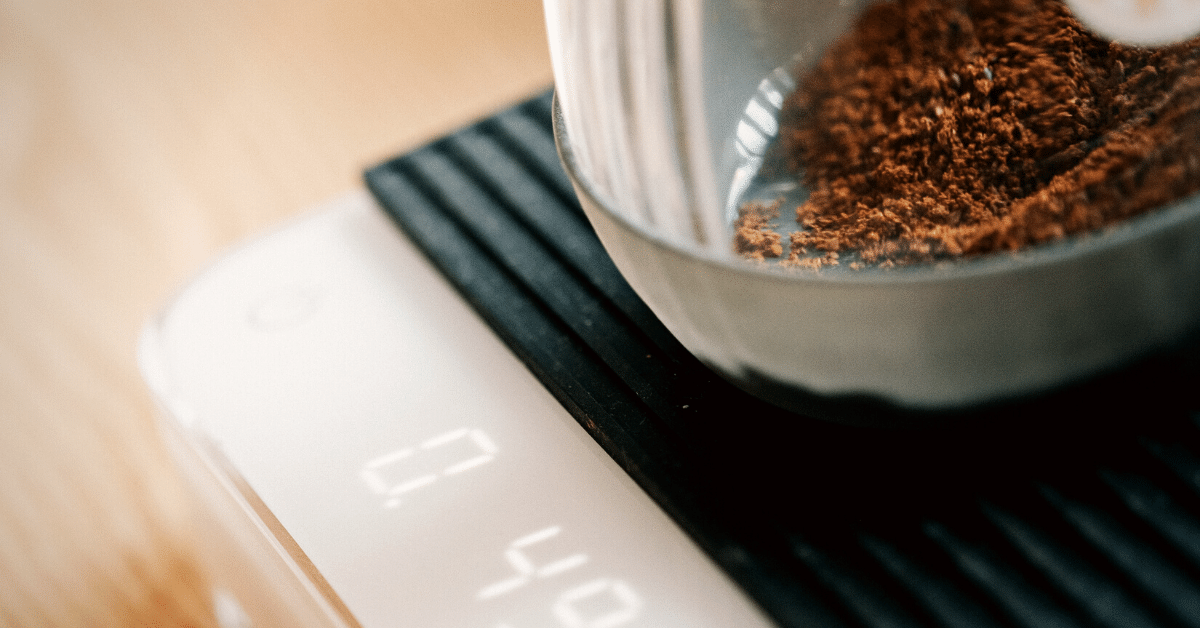
If you’re using a dosing scale, your measurements can be more accurate.
Here’s how to dose using a coffee scale:
- Get the dosing scale and place the dosing cup on top of it.
- Ensure the dosing scale is tared to zero.
- Place your dosing cup underneath the grinder chute and coffee grinds.
- Weigh your dosing cup again using the scale. Check the grinds’ dose weight. The golden ratio is 10g of coffee per 6oz cup. Adjust if required.
- Place the portafilter basket upside down, so it acts as the cup’s cover. Flip it over.
- Ensure the coffee grinds stick into the portafilter by collapsing it on the bench.
- The coffee grounds are ready for distribution and tamping in the portafilter basket.
Voilá! You’re ready to tamp your grounds and start brewing a tasty cup of espresso.
FAQ
Do you still have some questions about coffee dosing?
I don’t blame you!
Here are a few frequently asked questions to clear up any lingering doubts you might have.
What is a Dosing Cup?
A coffee dosing cup is a perfect tool for beginners in the coffee industry. This cup basically helps you measure the right amount of coffee grinds for your brew method. It also helps you move ground coffee to your portafilter without making a mess on your counter!
What Does Dosing Mean in Espresso?
Dosing in espresso refers to the number of grinds you put into your portafilter basket before tamping. This is how you measure how much coffee you’ll use to brew your drink.
What is the Purpose of a Dosing Funnel?
Dosing funnels provide convenience. They also help prevent you from making a mess when transferring coffee grinds into your portafilter basket. Dosing funnels also help with evening out the coffee grinds in the portafilter basket to ensure a consistent brew.
Final Thoughts
Coffee dosing is the ultimate secret to drinking your tastiest cup of joe.
It involves creating the perfect balance of water temperature, quality, and amount. When these factors jive, you get a great cup of coffee.
To make dosing more accurate, you can use a dosing cup or scale. Both these tools can make it easier for you to perfect your brew.
With that in mind, you’re ready to make a perfect cup of coffee!
Need help with finding the right size cup after you’ve made your brew? Read our guide on choosing the proper-sized cup for your espresso beverages!

